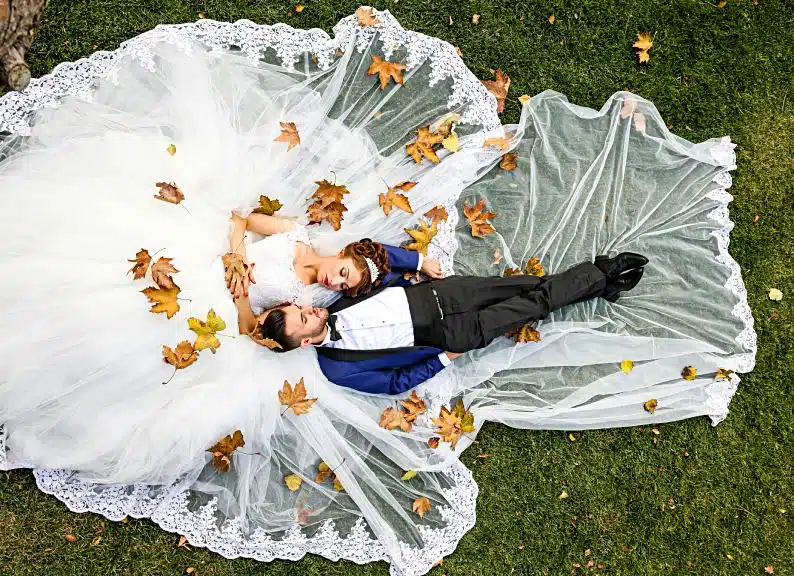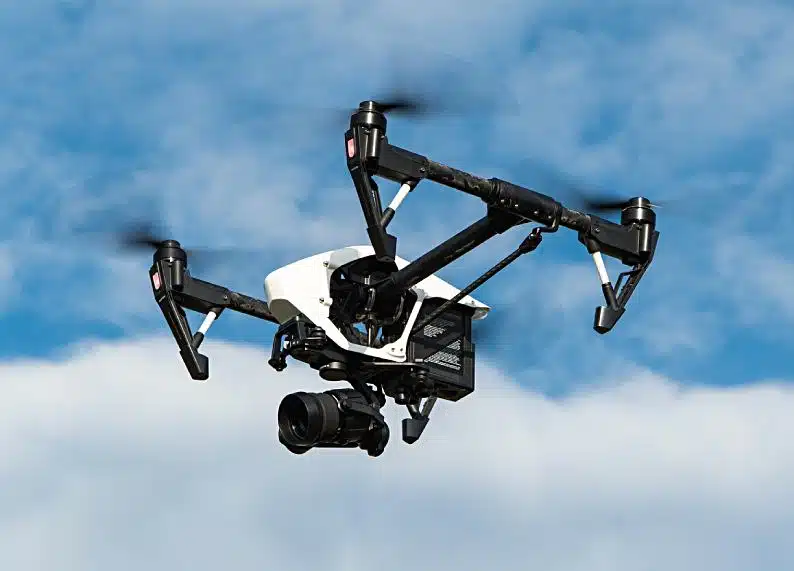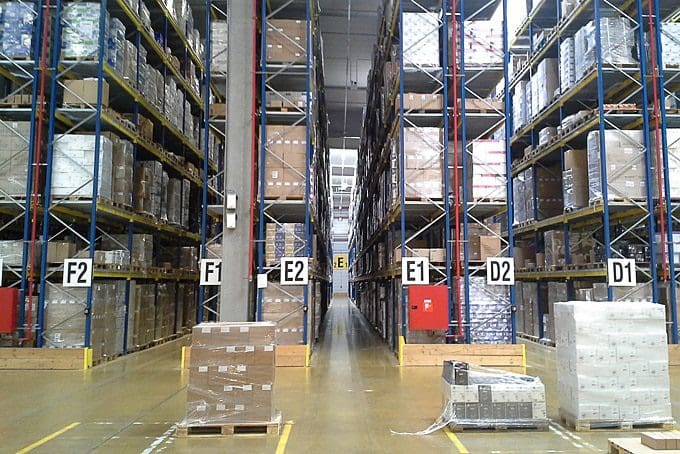words Alexa Wang
In recent years, drones have revolutionized the landscape of wedding photography, offering breathtaking aerial shots that were once the exclusive domain of expensive crane setups or even helicopters. Integrating drones into your wedding photography business can set you apart from competitors, offering clients a unique perspective on their special day. However, incorporating drone technology requires careful planning and understanding of various factors to ensure you maximize their benefits while adhering to regulations and maintaining safety. Here’s a comprehensive guide to help you navigate this process smoothly.
Drone Legal and Regulatory Considerations
The first step in integrating drones into your wedding photography business is understanding the legal landscape surrounding their use. The Federal Aviation Administration (FAA) in the United States, along with similar bodies in other countries, imposes strict regulations on drone operations. For commercial purposes, such as wedding photography, you’ll need to obtain a Part 107 certification from the FAA, which involves passing a knowledge test that covers airspace regulations, weather effects on drones, emergency procedures, and more. This certification is mandatory to operate drones legally and ensures that you understand the necessary safety protocols.
Beyond certification, it’s crucial to be aware of local laws and venue restrictions. Many wedding venues, particularly in urban areas or near airports, may have their policies against drone use. Always check with the venue in advance to avoid any last-minute surprises. Additionally, respect privacy concerns; not all guests may be comfortable being filmed by a drone. Clear communication with the couple and the venue about where and when drones will be used can help mitigate any issues.
Marketing Your Drone Capabilities to Clients
Effectively marketing your new drone capabilities can significantly boost your wedding photography business, attracting clients who are looking for innovative and comprehensive commercial photography and filming services. Start by updating your portfolio and website to showcase the stunning aerial shots you can now offer. As explained by experts from Horizon Imaging, create a dedicated section or gallery featuring your best drone footage to highlight the unique perspectives and dramatic vistas drones can capture. This visual evidence will speak volumes to potential clients about the enhanced services you provide.
Utilize social media platforms to share your drone videos and images. Platforms like Instagram and Facebook are particularly well-suited for visual content and can help you reach a wider audience. Regularly post your work, use relevant hashtags, and engage with followers to build a community around your brand. Consider creating short behind-the-scenes videos showing the drone in action during weddings, which can be an engaging way to demonstrate your expertise and the added value of drone services.
Technical Proficiency and Equipment
Mastering drone technology requires a significant investment in both time and money. Before offering drone services, ensure you are proficient in flying drones and understand how to capture the best possible footage. This involves more than just basic flight skills; you need to be adept at handling different flight modes, understanding how weather conditions can affect drone stability, and knowing how to execute smooth camera movements to avoid jarring footage. Regular practice and possibly attending training workshops can help hone these skills.
Choosing the right equipment is equally important. Drones vary widely in terms of camera quality, flight time, and stability. For wedding photography, opt for a drone with a high-resolution camera and gimbal stabilization to ensure smooth, high-quality video and images. Consider drones like the DJI Mavic 3 or the DJI Phantom 4 Pro, which are popular choices among professional photographers for their reliability and superior camera capabilities.
Integrating Drone Footage into Your Photography Workflow
Incorporating drone footage seamlessly into your existing photography workflow requires thoughtful planning and execution. Start by defining the specific shots you want to capture with the drone, such as establishing shots of the venue, group photos from above, or dynamic shots of the couple in scenic locations. Planning these shots helps streamline the process and ensures you capture the desired footage without disrupting the flow of the event.
Editing drone footage also requires a different approach compared to standard photography. Invest in good video editing software and learn how to color grade and stabilize drone footage to match the style of your traditional wedding videos. Using software like Adobe Premiere Pro or Final Cut Pro can enhance the final product, providing a polished and professional result.
Adding drones to your wedding photography services can offer a significant
competitive advantage and provide clients with stunning, unique footage. However, it requires a solid understanding of legal requirements, technical proficiency, and careful planning to integrate effectively into your workflow. By considering these factors, you can harness the full potential of drones and take your wedding photography business to new heights.






